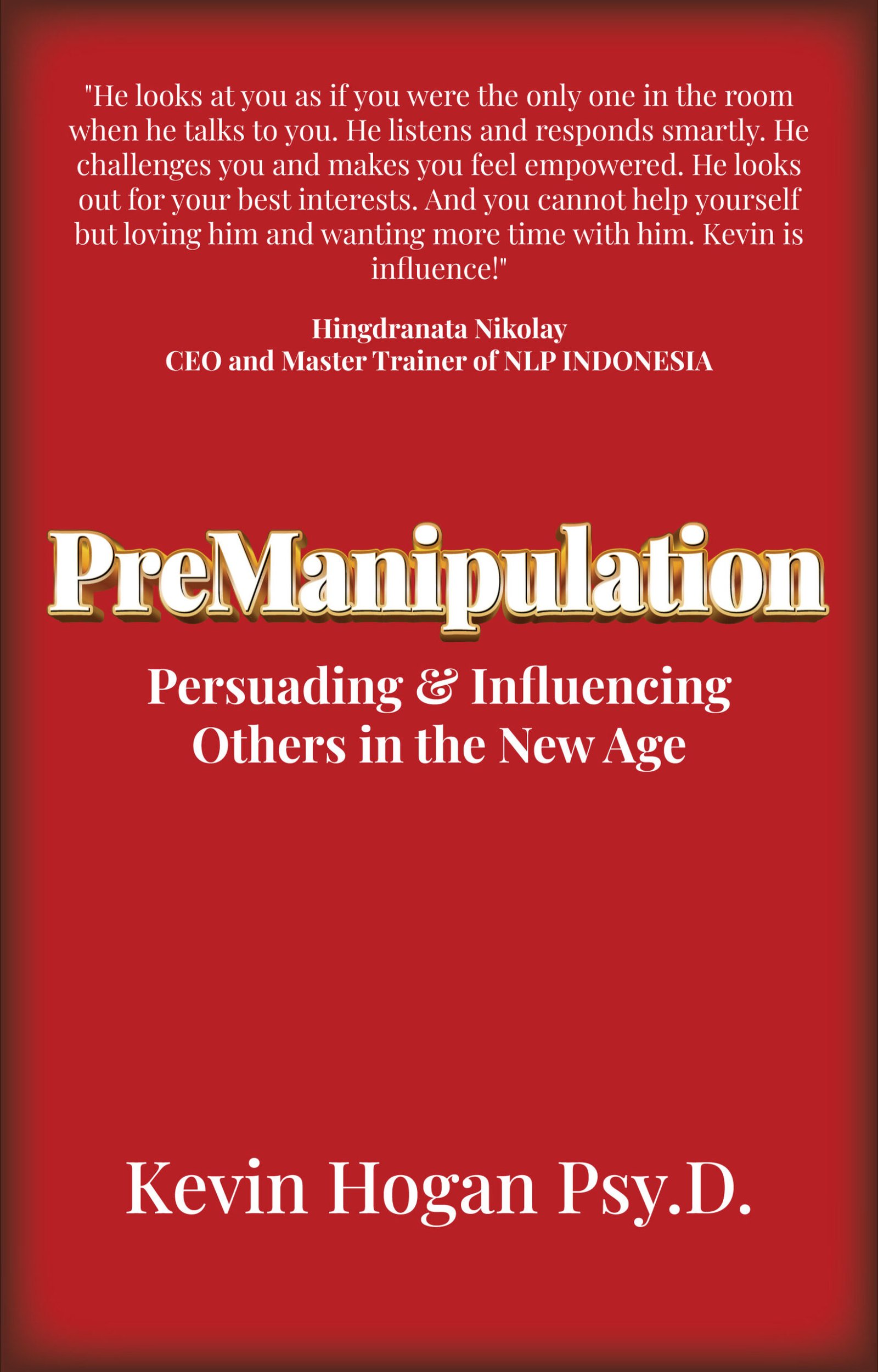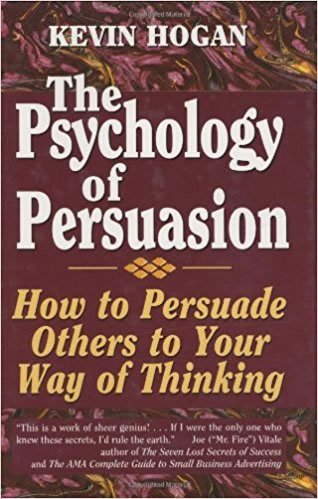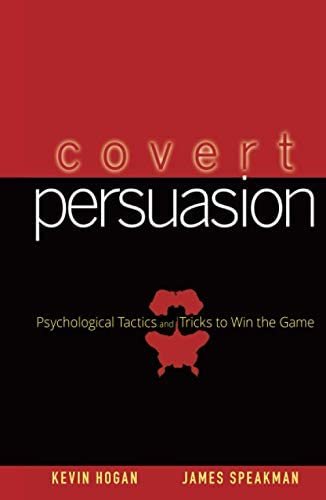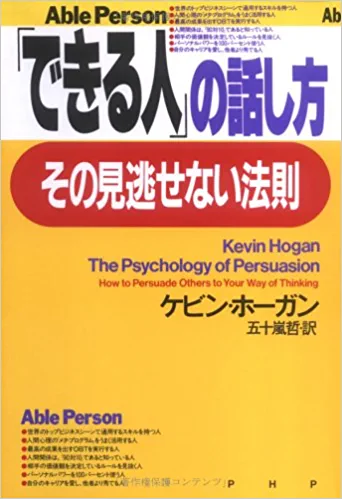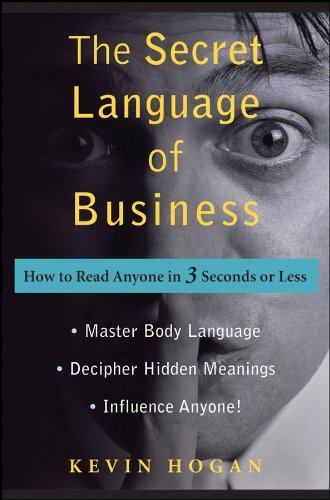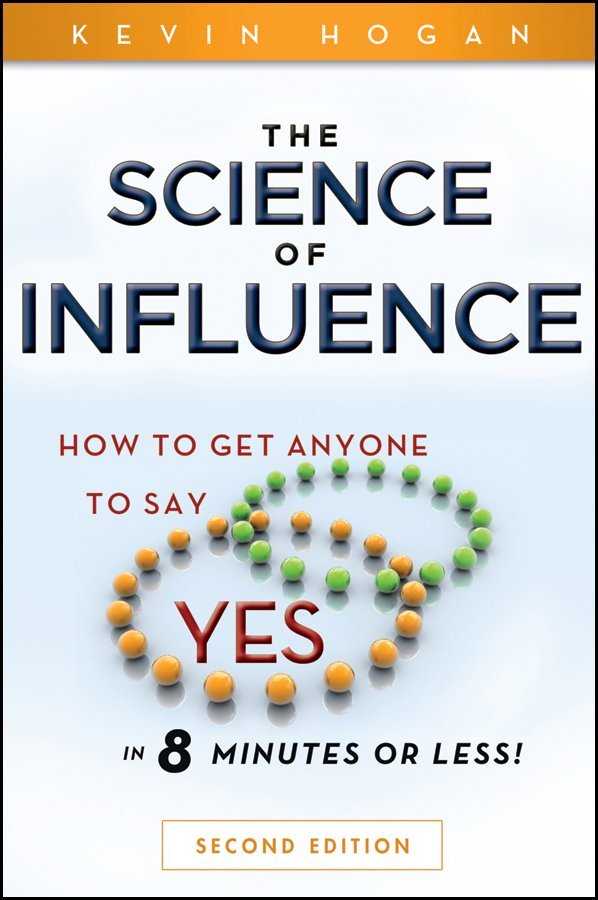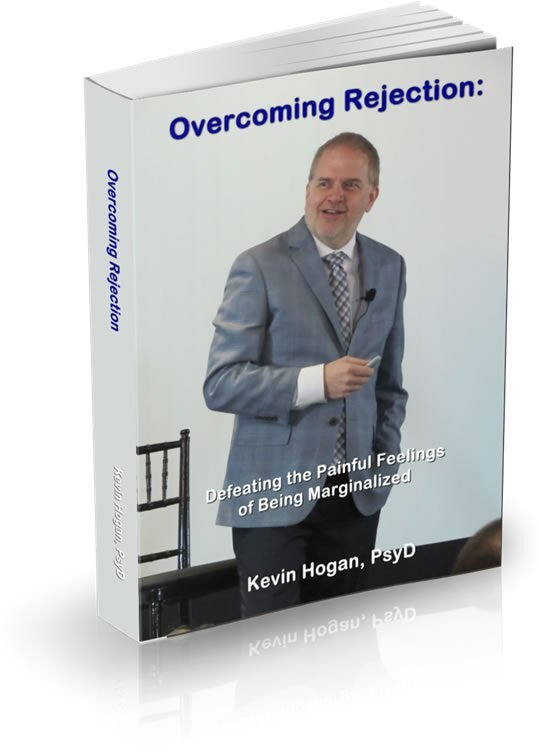Understanding how to sell or market is made clear by understanding what causes people to make decisions. 
People who sell a product without understanding how and why people make decisions are using a dying sales and marketing model that will eventually become extinct.
Fortunately you’ll be way ahead of the curve.
The old way of selling and marketing, used by about 97% of people to this day is all about meeting someone, getting their attention, identifying needs, closing the sale. That kind of stuff.
Neato.
That poor guy will “close” 10% of his appointments. “It’s a numbers game.”
The smart marketer and salesperson (hey, someone who has Science of Influence 1-60) realizes that the reason the other 90% said, “no,” is because selling has always been about the salesman and what the salesman “does.”
There are lots of ways to gain the business of the majority of people you come into contact with. And, there are a number of ways to LOSE the business too.
What do People Want?
Earlier this year, some really cool research was reported that shows that:
Most people want to be perceived as “normal.” They want to be perceived as “standard.”
The research is shown below but here is the “what’s in it for you” (take away).
- People who are somehow publicly applauded for their excellence in X, will continue to excel in X. Now that is pretty important. If someone says in private, “nice job William, you worked a lot harder than everyone else by far and it paid off…” he is not likely to continue his winning ways. He’ll realize that everyone else has gone swimming and he’s been carrying the business.On the other hand, if someone says, “nice job William,” in front of an audience of hundreds of people, or in a newspaper, or those words are stated on a plaque or a trophy, or in a magazine or a book, or at a meeting…THEY will very likely continue to put forth the greater efforts.
- People who are privately told that they are not up to speed are not likely to do a little better or work harder at something. But, not more than those told so in public or with public knowledge.
How Do You Utilize This Information?
Your clients or future clients fall into one of the these categories. If they aren’t taking advantage of enough of your services, i.e. they are below normal….and you make it known in some logical way, they are going to give you more business.
If your clients or future clients are giving you far more business than the average, you may not want to tell them that, unless it is EVIDENT that the rest of the world, or his customer or competitors or whoever he needs to feel good before, sees what he has done. In other words, if it’s just you and your client, shut up or you’ll lose business. If you can give them an award, recognition that is seen by others, lauded at the meeting….then by all means do so, and you will reinforce the continuance of business.
The same is true of course, in getting business in the first place.
Remember, most people want to be normal.
So, when we are given information that underscores our deviancy, the natural impulse is to get ourselves as quickly as we can back toward the center.
How Do Marketers Use This Info?
Marketers know about this impulse, and a lot of marketing makes use of social norms. This is especially true of campaigns targeting some kind of public good: reducing smoking or binge drinking, for example, or encouraging recycling.
The problem with these campaigns is that they often do not work. Indeed, they sometimes appear to have the opposite of their intended effect.
Why would this be? Psychologist Wesley Schultz of California State University, San Marcos believes that despite the fact that we want to be normal, most people are very bad at estimating what normal human behavior really looks like.
For example, many people probably think it’s typical to spew 11 tons of carbon into the world every year, while others might think that a couple tons is probably closer to the mark. But, when Al Gore tells us that the national average is in fact 7.5 tons, he likely is sparking two very different reactions: Some feel guilty for being so gluttonous. But others probably react: whew, did something right for a change.
Some may adjust their thermostats out of guilt, but those feeling self-righteous are not going to do that. It would not make any sense.
Indeed, Schultz and his colleagues suspect that people who are already performing better than the norm may also adjust–but in a socially undesirable way. That is, they also move toward the center, seeking out the average, but in their case by increasing their energy use. This boomerang effect could in theory offset any greening of behavior and account for the overall ineffectiveness of such marketing strategies.
Schultz decided to test this idea in the real world.
The Experiment
He enlisted nearly 300 residents of San Marcos, California, who agreed to let him monitor their home energy consumption. He measured their energy use once to start, again soon after, and once again several weeks later. Throughout the experiment, he gave them information about their actual energy use and how it compared to the average energy use in San Marcos.
Schultz wanted to test one additional idea. With some of the households, he did not just deliver straight information. He attached an emoticon to the information sheet.
If the homeowners were below the community average in energy use they got a smiley face; if they were consuming more than their neighbors were, they got a frowning face. He wanted to see if social approval or disapproval–conveyed by the emoticons–might moderate people’s behavior, for better or worse.
The results were clear.
The Results
As reported in the May issue of the journal Psychological Science, the residents who got just straight information changed their behavior as predicted. That is, wastrels became more conservative, and the frugal became more licentious. There was a boomerang effect in other words.
However, the greener consumers who also got praise, in the form of a smiley face, did not become more wasteful. The message they were getting was something like: “You’re doing better than most on the environmental front and society applauds you for this. Keep it up.” And they did.
How about the frowning face, the stinging symbol of society’s disappointment with you?
Well, people who earned a frown did moderate their consumption, but no more than those who simply learned of their excessive energy consumption.
Note: The second half of this article has been adapted from a news release issued by Association for Psychological Science.
Begin to Take Control of your Communication Messages – Consciously!
![]()
![]()
![]()
The Science of Influence, Part V
Volumes 49-60
Kevin Hogan
Learn more or get your copy now! 12 HOURS of new information and we have some fun along the way.
The one area I’ve left open for speculation in the first 48 CD’s, I’ve closed in Science of Influence 49-60.
Impulse Activation moves your hand from their pocket to the shelf holding the magazines, candy bars and nail clippers when you’re in line waiting to check out your stuff at the store.
Impulse Activation is what causes you to push “Buy Now” instead of surf away to a different web page.
Impulse Activation is what causes you to give a meaningful contribution to a charity even when you considered to not do so.
And almost no one is able to INTENTIONALLY cause Impulse Activation.
Except You.
I’ve taken a decade of research and put it all to the task of Impulse Activation.
I show you the Covert Psychological Triggers that are the most likely to succeed and then I show you HOW to use them.
Then I take you into the world of women. No one has ever written about the Covert Psychological Triggers that CAUSE women to act or decide in your favor.
I have.
I take you through step-by-step and itemize those Triggers, then, I show you the EXACT WORDS and PHRASES that work when communicating with women. To my knowledge, no one has ever done this before.
And there is a lot more.
In the last year there has been a LOT of research done in what persuades people…in what unspoken (covert) factors CAUSE people to spend more money, come back more often, buy more products and services.
And I lay it out for you in easy-to-understand fashion.
You are the first to have this incredible program and I am proud that you will.
Because as you come to understand the mind of the other person; you’ll also be learning :
- How to create the “gotta have it” feeling in consumers
- How to melt away sales resistance
- How to tap into the “primal” buying emotions
- How to literally and instantly establish rapport
- How to ’cause’ consumers to obey your hidden ‘sales push’
- How to infuse “proof power” into your sales letters
- How to arouse your prospect’s inner buying drives
- How to influence your prospect’s mind to trust you
- How to bypass your prospect’s conscious mind
In a nutshell, you’ll learn how to create influential messages that hold customers captive from the first words you say to the signing of the check.
In Science of Influence 49-60 you will learn how to:
- Cause Them to Identify with You
- Combine Two Key Drivers that Will Cause Compulsion to Comply
- Form Questions that Will Cause Compliance When Asked
- Never Have That “Phoney Feeling” Inside Again…and Instantly Watch Your Income Increase
- Use the Power of the Invisibility Intensifier
- Take Advantage of Kevin’s Full Christmas Tree Technique
- Optimize the Use of Their Feeling of Fear
AND…
- Determine Which of the Five Basic Fears to Utilize in Your Presentation or Copy
- Adopt Key Characteristics of God that Make You More Persuasive (even if you are Agnostic!)
- Use Features instead of Benefits to Close The Deal
- Send The Energy of Being THE Problem Solver to Those You Influence
- Use Sex and Sensuality to Sell. Clear and Simple
- Modify Old Sales Strategies to Become Influential in 2007
- Be THE Person That Imbues Them With Good Feelings…They Won’t Want You to Leave!
- Link Good Feelings with Buying Now
PLUS…
* Take Advantage of The Impulse to Instant Gratification With You, Your Product and Service
The Science of Influence 49-60: Triggering Compliance in the Buying Sequence is UTTERLY UNIQUE among all programs about persuasion and selling.
Because, for the first time, you will find out EXACTLY how to influence women. (Whether you are a man or a woman doesn’t matter. What matters is how you will use what you discover here!)
Women react and respond VERY DIFFERENTLY than men to influence attempts.
The chances are very good that your business is HEAVILY WEIGHTED with either 80% male or 80% female clients and customers.
I’m going to show you how to gain compliance from the women you’ve been missing out on.
I’ll give you THE EXACT WORDS that are REQUIRED to influence and sell women.
I will show you the PRECISE ATTITUDE that is REQUIRED to market effectively to women.
You’re going to have it all in your copy of:
Science of Influence V – Get your copy now!

